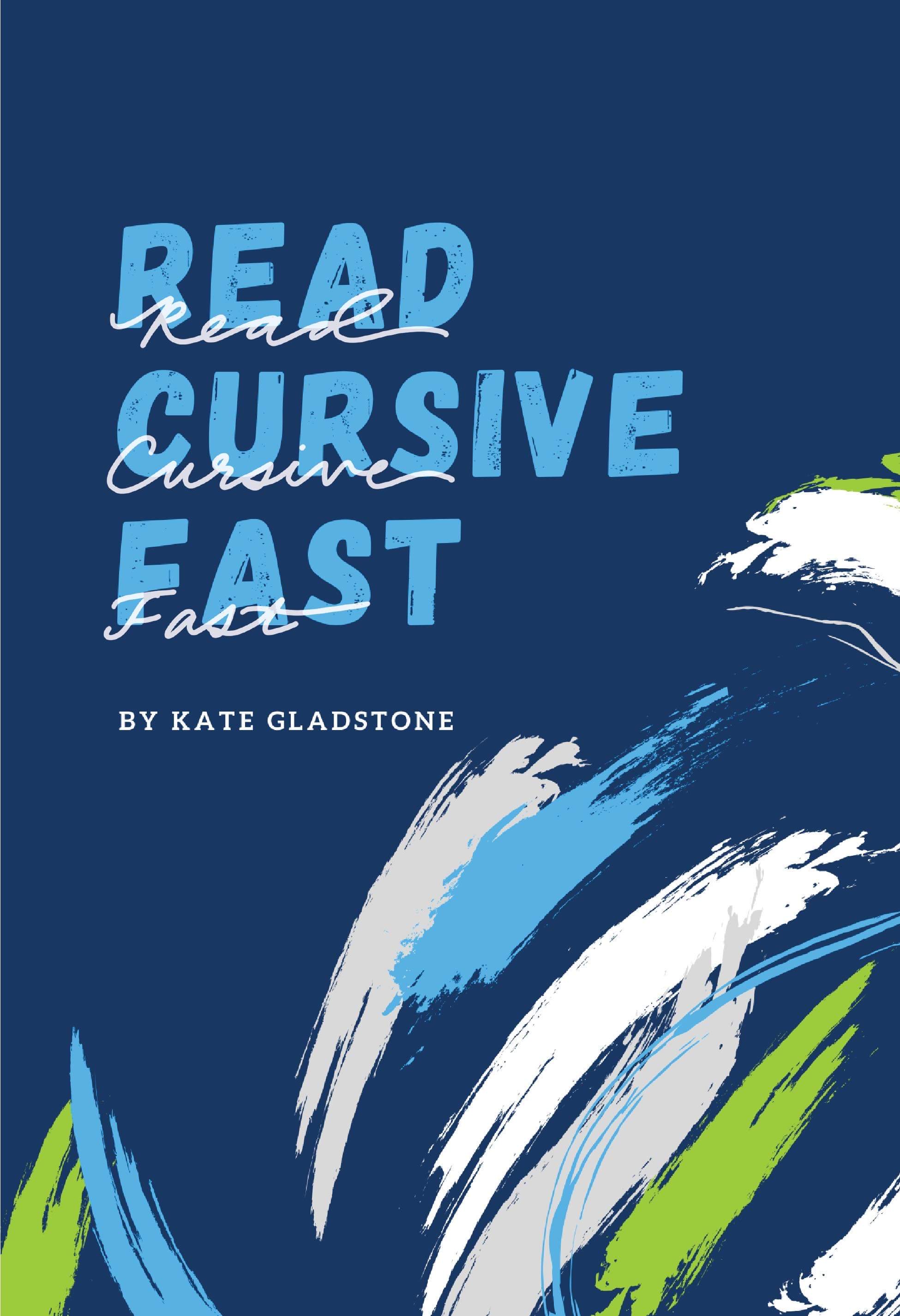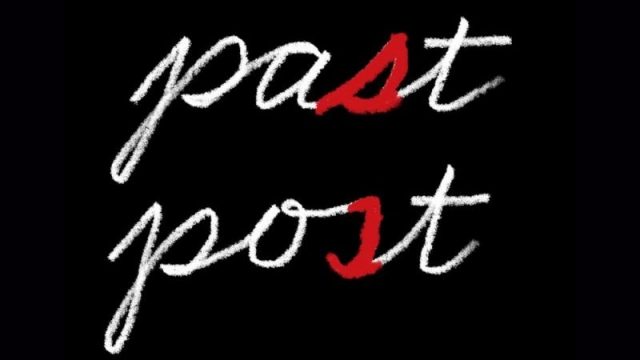When the “Different” Learner meets Cursive Writing
Most folks today don’t write in cursive. Some people never even pick up a pen or pencil. Writing in cursive has become rare — yet reading cursive remains an important life skill. Some examples::
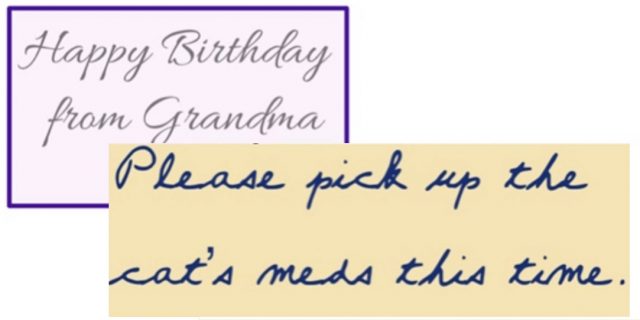
- family members still use cursive, or even send greeting cards that use cursive fonts:
- teachers use cursive, or assign work that involves reading historical documents in their original form:
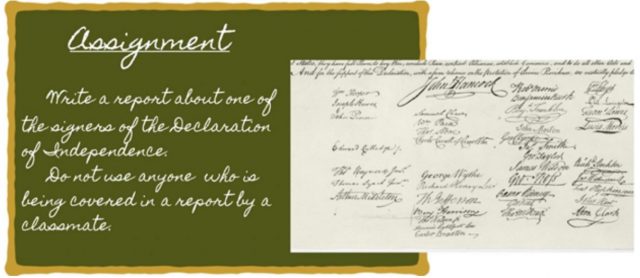
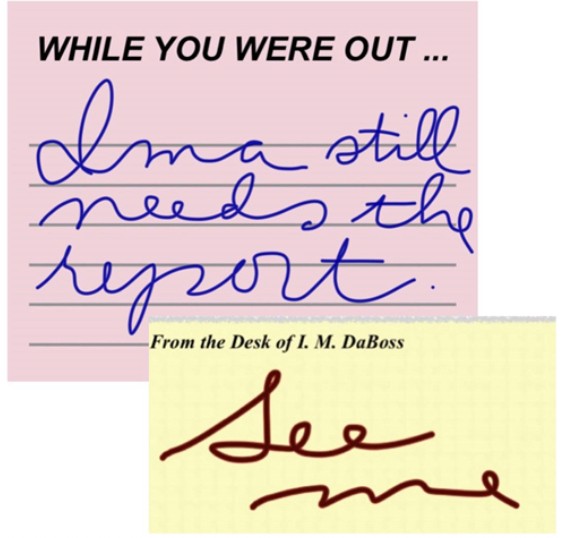
- employers, supervisors, or co-workers use cursive:
- store signs or logos use cursive:
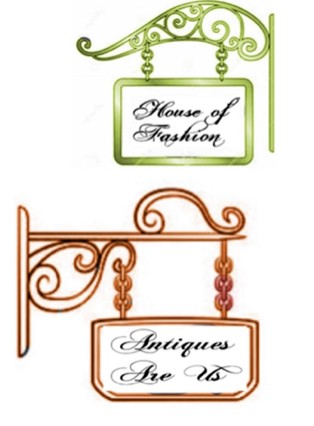
Today, more and more children and adults cannot read cursive handwriting, or can only partially and laboriously figure out a word or sentence in cursive, even if the cursive writing is clear and error-free (which is often not the case). These difficulties occur at all educational and socioeconomic levels.
These problems can happen to anyone, but they more severely impact people with dyslexia, autism, or other neurological differences that affect how we perceive and process the data that our senses provide.
People with these neurodiverse learning styles can be very good at recognizing patterns. Often the patterns, especially visual patterns, simply jump out at them — or, I should say, simply jump out at us (because I have several of these “dys-”abilities). Therefore, we use visual patterns to try to make sense of what we are trying to learn.
However, students who encounter cursive are often discouraged from even trying to wonder if there are visual relations between the cursive letters and their printed counterparts. The two systems of writing, appear unrelated to each other.
Since it looks as if there is no relationship between most cursive letters and their printed counterparts, many learners frustratedly give up on even trying to use their visual/pattern-recognition strengths to “crack the code” of cursive. When the visual/pattern-recognition strengths of a learner’s brain are suddenly made useless, he or she may feel that his/her brain has stopped working and can no longer be trusted.
Unfortunately, well-meaning parents and schoolteachers may accidentally push learners even further in that direction, by trying to reassure frustrated learners of cursive that “there is really no relationship between cursive and printing anyway. There is no relationship, nothing to find, nothing to understand, so just memorize, don’t worry, and you’ll pick it up just fine, I’m sure.”
However, “just memorizing” (without understanding) is an extremely fragile and worrisome way of trying to learn.. What is memorized without comprehension is quickly forgotten, as soon as lessons are over.
What if we taught children to read cursive writing in an entirely different way? What if, instead of simply providing exemplars to children to trace and copy, we could provide a way for them to recognize common patterns? And then to incorporate this learning through meaningful tasks? That is what I set out to do in my new book, “Read Cursive Fast.”
